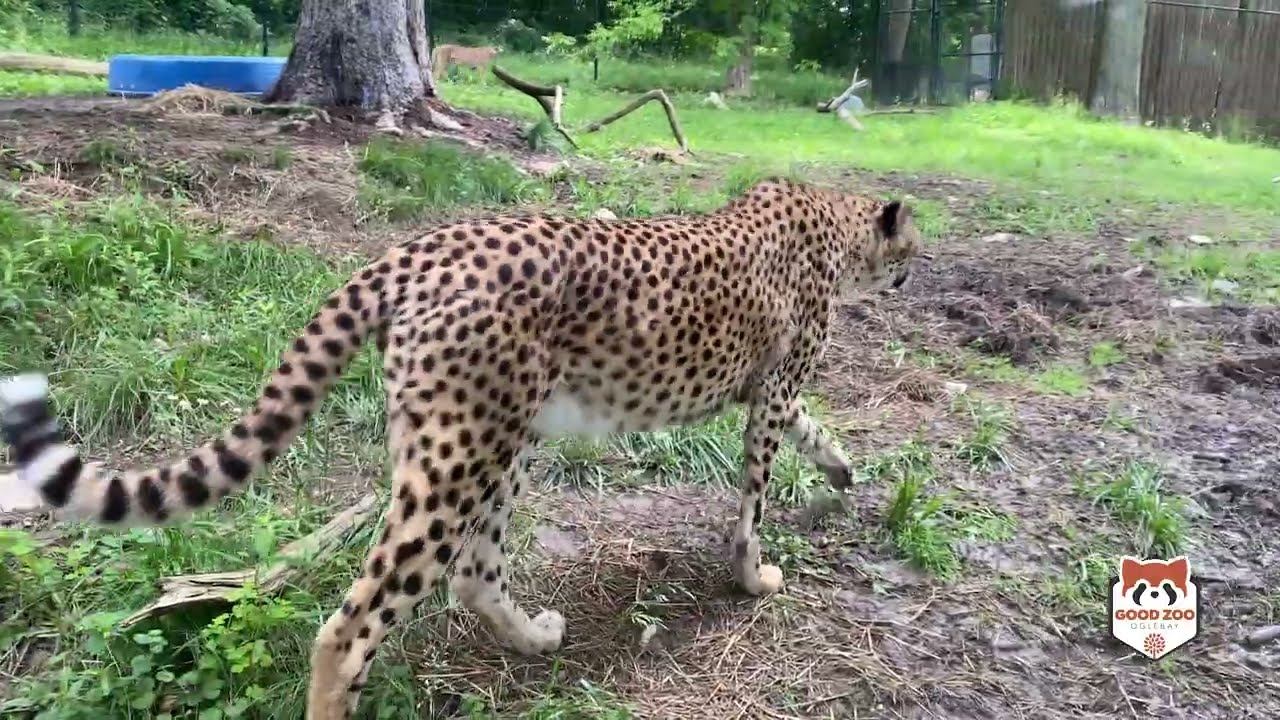– Overview of Oglebay Good Zoo and its focus on cheetah conservation
– The specifics of cheetah care at Oglebay Good Zoo
– The importance of wildlife conservation programs in zoos
– How zoo-based conservation can support global cheetah populations
– Educational initiatives at Oglebay Good Zoo and their impact on public awareness
Oglebay Good Zoo is a critical player in the conservation and care of one of the planet’s most fascinating predators, the cheetah. With a deep commitment to wildlife conservation, the zoo provides a sanctuary for these magnificent creatures. It plays a vital role in educating the public about the challenges facing cheetahs in the wild. This article delves into the specifics of cheetah care at Oglebay Good Zoo, the broader context of wildlife conservation programs, and the pivotal role of educational initiatives in fostering a deeper public connection to these urgent environmental concerns.
Cheetah care at Oglebay Good Zoo goes beyond the basics of food, water, and shelter. The zoo’s dedicated staff employs a comprehensive approach to ensure these big cats’ physical and mental well-being. This includes specialized diets, enrichment activities designed to simulate hunting and foraging behaviors, and medical care tailored to the species’ needs. The zoo’s efforts reflect contemporary best practices in caring and managing captive wildlife, marrying scientific understanding with compassionate stewardship.
Wildlife conservation programs are at the heart of Oglebay Good Zoo’s mission. These programs serve multiple functions: they bolster global cheetah populations through breeding initiatives, provide valuable research opportunities to understand cheetah biology and health better and serve as platforms for international collaboration. Moreover, zoos like Oglebay Good Zoo are often uniquely positioned to contribute to in-situ conservation efforts by supporting habitat conservation projects and anti-poaching campaigns benefiting cheetahs in their natural habitats.
The contribution of zoo-based conservation initiatives to global cheetah populations cannot be overstated. With cheetahs facing threats from habitat loss, human-wildlife conflict, and decreasing genetic diversity, the role of captivity-based breeding programs becomes critical. These initiatives help maintain genetically diverse populations outside of their dwindling natural ranges and offer potential candidates for reintroduction projects. Thus, institutions like Oglebay Good Zoo are indispensable allies in the fight to ensure the species’ future.
A key element of Oglebay Good Zoo’s work in cheetah conservation is its emphasis on education. By engaging visitors with the lives of their cheetah residents, the zoo fosters a deeper understanding and appreciation for these animals and the challenges they face in the wild. Educational programs, ranging from guided tours to interactive demonstrations, demystify scientific research and conservation efforts, making them accessible and engaging for people of all ages. This, in turn, can inspire a new generation of conservationists motivated to contribute positively to environmental stewardship and wildlife preservation.
Oglebay Good Zoo’s efforts in cheetah care and conservation exemplify the multifaceted approach necessary to address wildlife’s challenges in the 21st century. The zoo contributes significantly to the global endeavor to save cheetahs from extinction through dedicated animal care, robust conservation programs, and dynamic educational initiatives. Its work is a compelling reminder of the power of informed, passionate conservation action to make a genuine difference.
*****
Source Description

